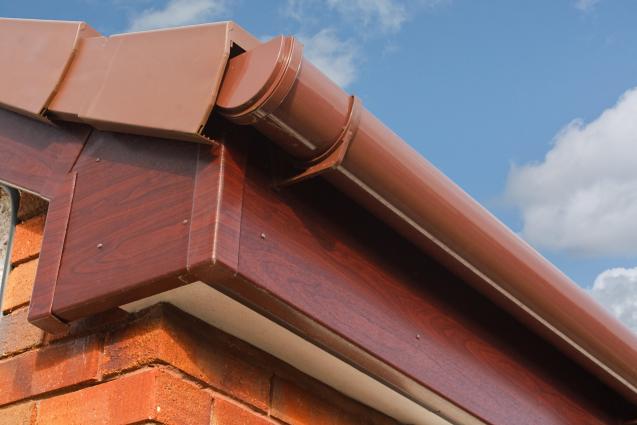
What You Need to Know About Temporary Fencing When Building a New House
The exciting moment you see temporary fencing go up on your block of land is normally an indicator that construction is really commencing. The dream is turning into a reality. When building your first home information around temporary fencing is sometimes hard to come by, here we detail what you need to know about temporary fencing when building your new home.
Is a temporary fence really necessary?
Yes. Temporary fencing helps to contain the site where your new home will be erected. During excavation, it works to confine debris and during construction, a fence helps keep your future home secure from unauthorised intruders and pests and ensures public safety. This will protect you and the builder from any liabilities if an unauthorised person on site happened to injure him or herself.
In most states, under council regulation, it is a legal requirement to have a temporary fence installed to comply with OH&S requirements.
How long does the temporary fencing need to be up and what is the average cost?
Temporary fencing needs to be erected for as long as construction is being carried out on your new home – generally speaking this is from prior to the foundation slab being poured until lock up and beyond. On average this is around 6 months for a single-story house and 12 months for a double story.
The costs for the hire of the fence for each house build type depends on the amount of fence required, if the fence is required on all 4 sides of the block there would be a requirement for approx. 100lm (linear metre). If there are fences/walls already on one or more sides the length could vary from 80lm for 3 sides of the boundary down to 20lm if only the front of the site requires a fence. Price per lm will depend on your location and supplier.
There are also other costs you may incur once the original hire period expires. Including:
Who sources and pays for temporary fencing?
If you are an owner builder then you are responsible for sourcing temporary fencing and paying for it. There are many reputable businesses Australia-wide that buy your own temporary fencing from.
If you’re building your home through a licenced homebuilder, then it is likely that your temporary fencing cost will be built into your contract. Read through your contract carefully to ensure it’s covered and if temporary fencing isn’t mentioned don’t be afraid to raise the question. Sometimes temporary fencing can fall under other areas in the contract such as additional onsite management costs.
What do you do if your tradie doesn’t put a temp fence up and you've paid for it?
Your contract states that a temporary fence is to be placed on site and you’ve paid for it, but construction has commenced and there’s still no sign of a fence. You’re well within your rights to be demanding the immediate erection of a temporary fence. Not having a temporary fence onsite during construction means that both you and the builder are legally liable if members of the public were to injure themselves.
Speak with your builder and request that a fence be installed immediately or request a refund on what you have paid for temporary fencing. If worse comes to worse contact the ombudsmen in your state for assistance in resolving a dispute.
Is a temporary fence really necessary?
Yes. Temporary fencing helps to contain the site where your new home will be erected. During excavation, it works to confine debris and during construction, a fence helps keep your future home secure from unauthorised intruders and pests and ensures public safety. This will protect you and the builder from any liabilities if an unauthorised person on site happened to injure him or herself.
In most states, under council regulation, it is a legal requirement to have a temporary fence installed to comply with OH&S requirements.
How long does the temporary fencing need to be up and what is the average cost?
Temporary fencing needs to be erected for as long as construction is being carried out on your new home – generally speaking this is from prior to the foundation slab being poured until lock up and beyond. On average this is around 6 months for a single-story house and 12 months for a double story.
The costs for the hire of the fence for each house build type depends on the amount of fence required, if the fence is required on all 4 sides of the block there would be a requirement for approx. 100lm (linear metre). If there are fences/walls already on one or more sides the length could vary from 80lm for 3 sides of the boundary down to 20lm if only the front of the site requires a fence. Price per lm will depend on your location and supplier.
There are also other costs you may incur once the original hire period expires. Including:
- Re-hire costs per month, if the fence is required longer than the original hire period due to unforeseen delays.
- Replacement or repair costs, if any of the products are lost, stolen or damaged.
Who sources and pays for temporary fencing?
If you are an owner builder then you are responsible for sourcing temporary fencing and paying for it. There are many reputable businesses Australia-wide that buy your own temporary fencing from.
If you’re building your home through a licenced homebuilder, then it is likely that your temporary fencing cost will be built into your contract. Read through your contract carefully to ensure it’s covered and if temporary fencing isn’t mentioned don’t be afraid to raise the question. Sometimes temporary fencing can fall under other areas in the contract such as additional onsite management costs.
What do you do if your tradie doesn’t put a temp fence up and you've paid for it?
Your contract states that a temporary fence is to be placed on site and you’ve paid for it, but construction has commenced and there’s still no sign of a fence. You’re well within your rights to be demanding the immediate erection of a temporary fence. Not having a temporary fence onsite during construction means that both you and the builder are legally liable if members of the public were to injure themselves.
Speak with your builder and request that a fence be installed immediately or request a refund on what you have paid for temporary fencing. If worse comes to worse contact the ombudsmen in your state for assistance in resolving a dispute.



